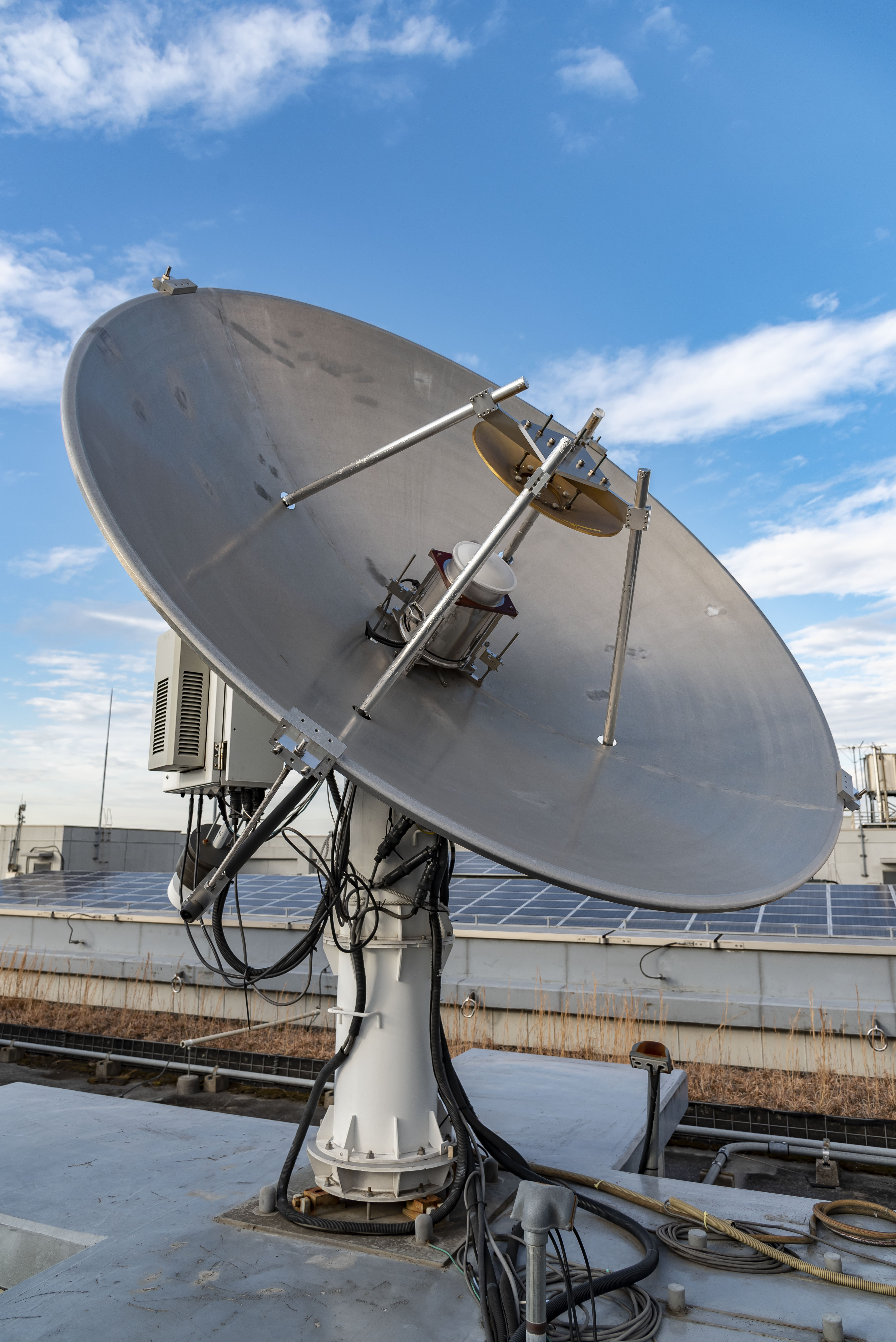
Première comparaison de fréquences d'horloges optiques à distance par les techniques VLBI et IPPP
Optical clocks have reached a proven accuracy of the order of 10−18 in relative frequency, surpassing the present Cs fountains by two orders of magnitude and driving the Consultative Committee for Time and Frequency (CCTF) to initiate work towards a redefinition of the second. However, comparing these clocks with a similar uncertainty is only possible using optical fibres and is presently limited to a few links at distances not exceeding
Now an international collaboration between the NICT, INRIM, INAF and BIPM has compared the Yb lattice clock at INRIM and the Sr lattice clock at NICT using two new and independent radio techniques. One is Very Long Baseline Interferometry (VLBI), a technique used in astronomy for observing extra-galactic objects, and which has been used for the first time for accurate frequency transfer thanks to the development of mobile antennas and ad hoc hardware and processing facilities. The second technique is Integer ambiguity Precise Point Positioning (IPPP) using GNSS signals, the development of which has been driven by the BIPM over the past few years.
Contact Gérard Petit for more information.
Press release:
Signals from distant stars connect optical atomic clocks across Earth for the first time
-
Intercontinental comparison of optical atomic clocks via very long baseline interferometry.
Nat. Phys. (2020) https://doi.org/10.1038/s41567-020-01038-6
Pizzocaro M. et al
Mobile VLBI antenna image courtesy of NICT